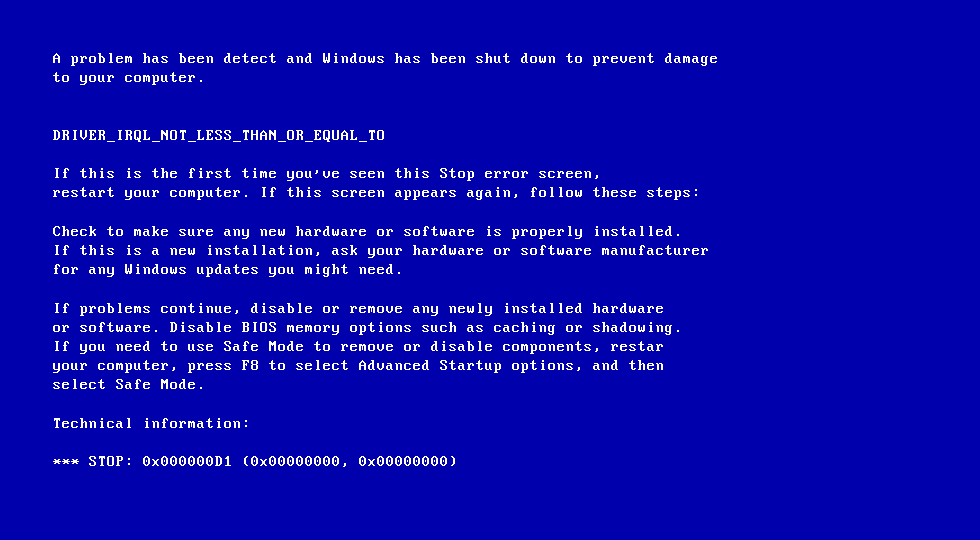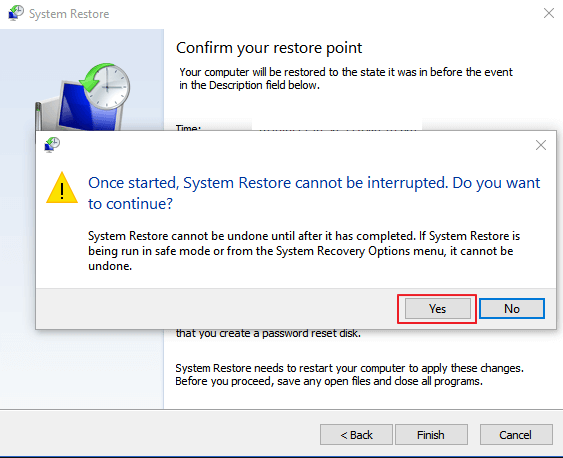

You don't have to frantically flip the Windows folder and manually delete the files you need. After that, the tool can automatically delete memory dumps. Then you will see that all types of memory dumps will appear in the list. You can simply run the built-in disk cleaner and tell it to clean up system files. Windows can delete memory.dmp automatically. If your computer is a blue screen, you might have a 900MB or larger MEMORY.DMP file taking up space on your system drive, and removing it might help you. Quite often, the memory.dmp file takes up a significant amount of space on your computer, so you can delete these. These files do not take up much space and, therefore, setting this parameter will only be beneficial.
BLUE SCREEN ON SYSTEM RECOVERY WINDOWS 10 DRIVER
In general, there are special tools (such as Blue Screen View) that can display the information contained in these minidump files so that you can see the exact driver files that caused the system to crash. dmp extension.Įven if your system is configured to generate an automatic memory dump, you will receive both a minidump and a larger MEMORY.DMP file. Minidump files are by default stored in the C: \ Windows \ Minidump folder and have the.

Minidump files contain basic information, such as the blue screen of death error messages, so they can be a useful tool for you to fix disk crashes. An automatic memory dump (usually the default) includes the same information as a kernel memory dump. The small memory dump (256KB) contains only blue-screen information, a list of loaded drivers, process information, and some kernel information.
BLUE SCREEN ON SYSTEM RECOVERY WINDOWS 10 DRIVERS
This memory dump option includes only memory allocated to the Windows kernel, hardware abstraction layer (HAL), and memory allocated to kernel-mode drivers and other kernel-mode programs. A kernel memory dump is smaller than a full memory dump and typically accounts for about one-third of the physical memory installed on the system. For example, if you have 20 GB of RAM and Windows is using 10 GB during a system crash, the memory dump will be 10 GB. A complete memory dump contains a copy of all data used by Windows in physical memory. Windows can create different types of memory dumps: Usually, the parameter "Write debug information" is set to "Automatic memory dump".

From here, select the System and Security section and then System, then click the Advanced System Settings tab and click Options under Startup and Recovery. The parameter memory dump can be found through the Control Panel.


 0 kommentar(er)
0 kommentar(er)
